Olive Sea Snake
- December 12, 2023
- 1 comment
The Olive Sea Snake (Aipysurus laevis) is a fascinating marine serpent belonging to the family Elapidae. Widely distributed across the tropical waters of the Indian and Pacific Oceans, these sleek and highly venomous reptiles are renowned for their adaptability to various marine environments. Sporting a distinctive olive-green coloration along their slender bodies, Olive Sea Snakes have evolved specialised features for a fully aquatic lifestyle.
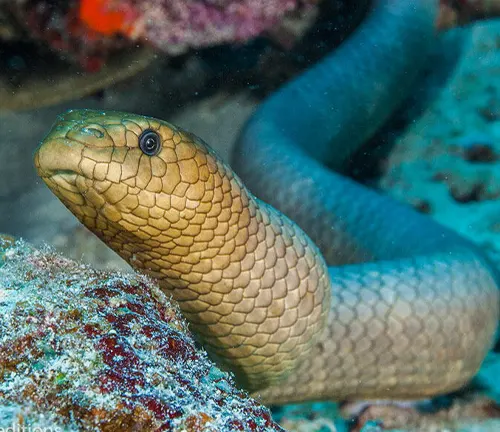
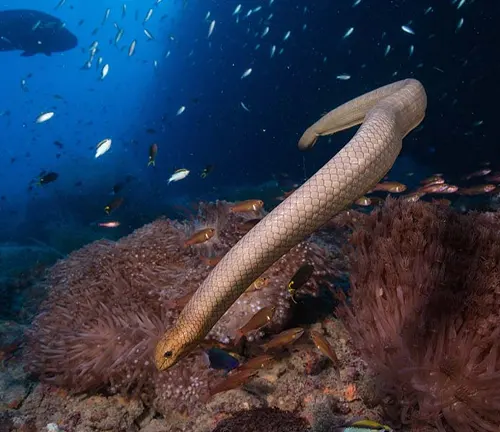
Their paddle-like tails aid in efficient swimming, and they possess valves in their nostrils that close when submerged, preventing water from entering their respiratory passages. Remarkably adapted to life in the ocean, these snakes are capable of staying submerged for extended periods, surfacing only to breathe. Despite their potent venom, Olive Sea Snakes are generally docile and pose minimal threat to humans due to their reclusive nature.
Conservation efforts are crucial for these unique creatures, as they face various threats, including habitat degradation, pollution, and incidental capture in fishing gear. Studying the Olive Sea Snake provides valuable insights into the intricate relationships between marine species and the delicate ecosystems they inhabit.
| Characteristic | Description |
|---|---|
| Scientific Name | Aipysurus laevis |
| Family | Elapidae |
| Distribution | Tropical waters of the Indian and Pacific Oceans |
| Coloration | Distinctive olive-green hue |
| Body Shape | Slender and streamlined |
| Tail | Paddle-like for efficient swimming |
| Respiratory Adaptations | Nostril valves that close when submerged |
| Venom | Highly venomous, but generally docile |
| Behavior | Reclusive; tends to avoid human encounters |
| Habitat | Coral reefs, shallow coastal waters |
| Submersion | Capable of extended periods submerged, surfaces to breathe |
| Threats | Habitat degradation, pollution, incidental capture in fishing gear |
| Conservation Status | Faces threats; conservation efforts are crucial |
Venomous or Not Venomous?
One of the Olive Sea Snake’s most notable characteristics is its venomous nature. Despite possessing potent venom, these serpents are generally docile and rarely pose a threat to humans. Understanding the nuances of their venom and the factors influencing their behaviour is essential for fostering coexistence and dispelling misconceptions about these fascinating creatures.
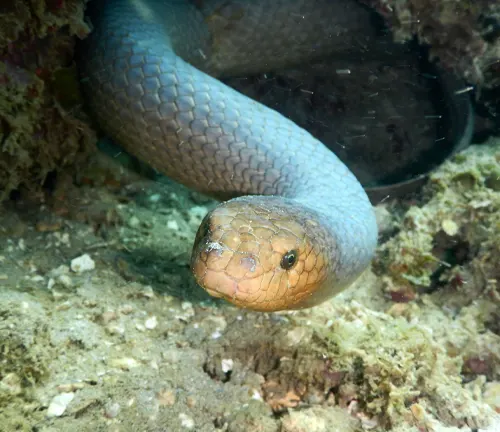
Ecological Importance
Delving into the ecological role of the Olive Sea Snake reveals its significance in maintaining the balance of marine ecosystems. As predators, they play a crucial role in controlling populations of prey species, contributing to the overall health and biodiversity of coral reefs and coastal waters.
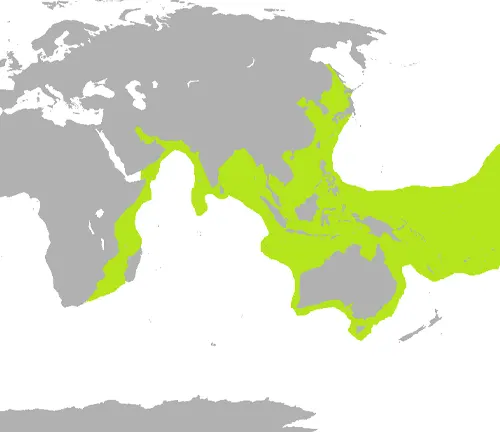
Habitat
The Olive Sea Snake is not bound to a single locale; it gracefully navigates the tropical waters of the Indian and Pacific Oceans. Coral reefs and shallow coastal waters serve as their preferred habitats, offering a rich tapestry of marine life and ample opportunities for the Olive Sea Snake to thrive.
Behaviour
Intriguingly reclusive, Olive Sea Snakes are known for their evasive behavior, avoiding unnecessary confrontation. Their adaptability to marine environments is highlighted by their ability to stay submerged for extended periods, only surfacing to breathe. Understanding their behavior is crucial for unraveling the mysteries of their underwater existence.
Art And Culture
The Olive Sea Snake’s presence is not limited to the realm of science; it has also woven itself into the fabric of art and culture. Depictions of this serpent in various forms of artistic expression serve as a testament to the profound impact it has had on the communities living in proximity to its habitat.
Survival
Survival in the dynamic marine environment is no small feat, and the Olive Sea Snake has evolved remarkable adaptations for this purpose. From specialised respiratory mechanisms to efficient swimming techniques, these adaptations contribute to their ability to thrive in the challenging conditions of the ocean.
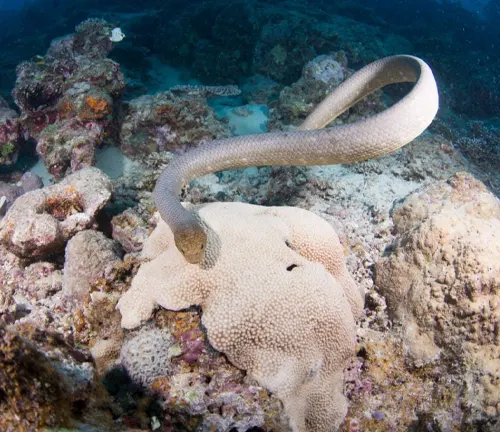
Conservation
Despite their resilience, Olive Sea Snakes face a myriad of threats, including habitat degradation, pollution, and accidental capture in fishing gear. Conservation efforts are paramount to ensuring the continued existence of these unique creatures and the preservation of the delicate ecosystems they inhabit.
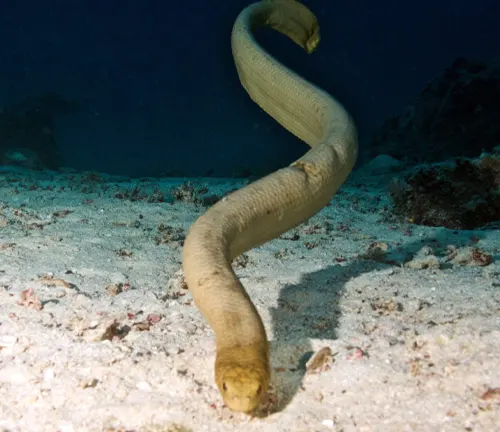
Common Food
Exploring the dietary preferences of the Olive Sea Snake sheds light on its role in the food chain. Understanding their common food sources provides valuable insights into their ecological niche and reinforces their importance in maintaining a balanced marine ecosystem.
Benefits
Beyond their ecological role, Olive Sea Snakes offer potential benefits to humans. Studying their venom could lead to medical advancements, and their presence in marine environments serves as an indicator of ecosystem health. Recognising these benefits underscores the importance of their conservation.
Different Species
Aipysurus eydouxii
(Eyed Sea Snake)
This species is found in the waters of the Indo-Pacific region and is known for its distinctive large eyes. It shares the olive-green coloration common to many sea snake species.
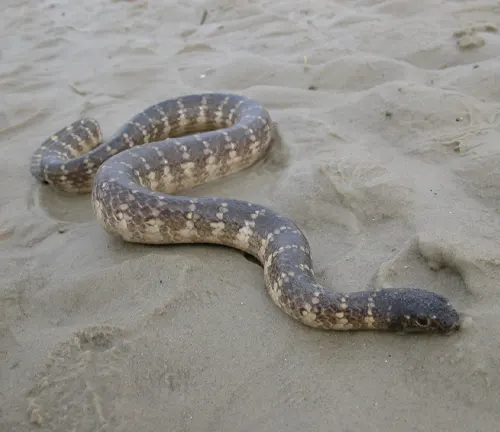
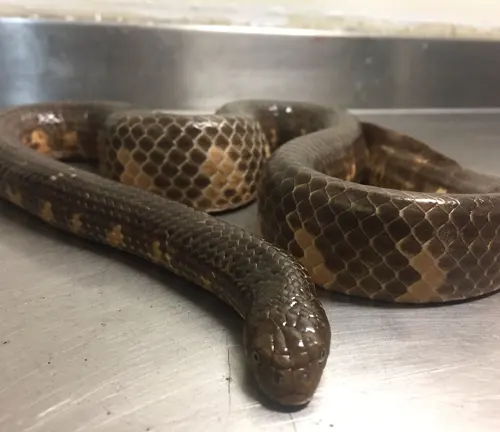
Aipysurus fuscus
(Dusky Sea Snake)
Also known as the Dusky Sea Snake, this species is found in the coastal waters of northern Australia and Southeast Asia. It has an olive-brown to dark coloration.
Aipysurus apraefrontalis
(Pregnant or Yellow Sea Snake)
Found in the waters of Northern Australia and Southeast Asia, this species is known for its yellowish coloration. It is often associated with shallow coastal habitats.
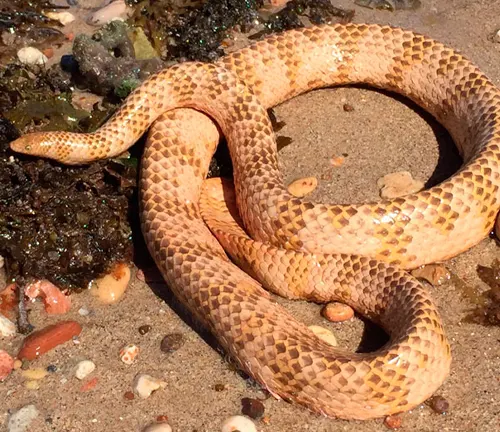
Conclusion
In conclusion, the Olive Sea Snake stands as a testament to the intricate beauty and functionality of nature. Its botanical allure, ecological importance, and adaptations for survival make it a subject worthy of admiration, study, and conservation. By appreciating the multifaceted aspects of the Olive Sea Snake, we can foster a deeper understanding of the delicate balance that sustains life in our oceans.
Frequently Asked Questions (FAQs)
- What is the Olive Sea Snake?
The Olive Sea Snake (Aipysurus laevis) is a marine serpent belonging to the family Elapidae. It is known for its distinctive olive-green coloration and is found in the tropical waters of the Indian and Pacific Oceans. - Is the Olive Sea Snake venomous?
Yes, the Olive Sea Snake is venomous. However, it is generally considered docile and poses minimal threat to humans due to its reclusive nature. - Where does the Olive Sea Snake live?
The Olive Sea Snake is distributed across the tropical waters of the Indian and Pacific Oceans. It is commonly found in coral reefs and shallow coastal waters. - How long can the Olive Sea Snake stay submerged?
Olive Sea Snakes are capable of staying submerged for extended periods and only surface to breathe. The duration can vary, but they are well-adapted for an aquatic lifestyle. - What is the ecological importance of the Olive Sea Snake?
Olive Sea Snakes play a crucial role in marine ecosystems by controlling the populations of prey species. As predators, they contribute to the overall health and biodiversity of coral reefs and coastal waters. - Are Olive Sea Snakes aggressive towards humans?
No, Olive Sea Snakes are generally not aggressive towards humans. They are shy and tend to avoid confrontation. Incidents of bites are rare, and envenomation is uncommon. - How can Olive Sea Snakes be distinguished from other sea snake species?
Olive Sea Snakes are characterised by their slender, olive-green bodies and paddle-like tails. Each species may have unique features, such as eye size or coloration, helping in their differentiation. - What are the threats to Olive Sea Snakes?
Olive Sea Snakes face threats such as habitat degradation, pollution, and incidental capture in fishing gear. Conservation efforts are essential to ensure their survival. - Can Olive Sea Snakes be found in aquariums?
While some sea snakes are kept in public aquariums, Olive Sea Snakes are not commonly found in captivity. Their specific needs and adaptations to marine environments make them challenging to care for in artificial settings. - Is there ongoing research on Olive Sea Snakes?
Yes, ongoing research focuses on various aspects of Olive Sea Snake biology, behaviour, and conservation. Scientists continue to study these fascinating creatures to deepen our understanding of their role in marine ecosystems.


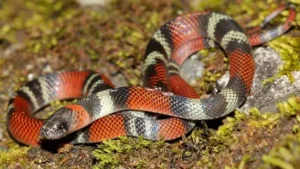

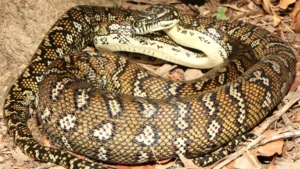



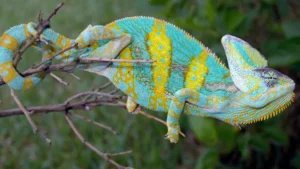
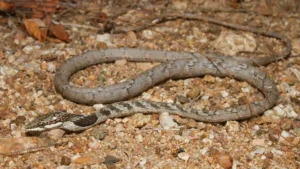


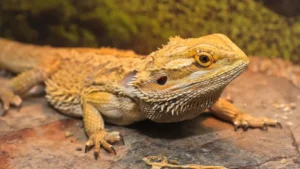

thanks for this,
Leo
April 22, 2024 3:23 am